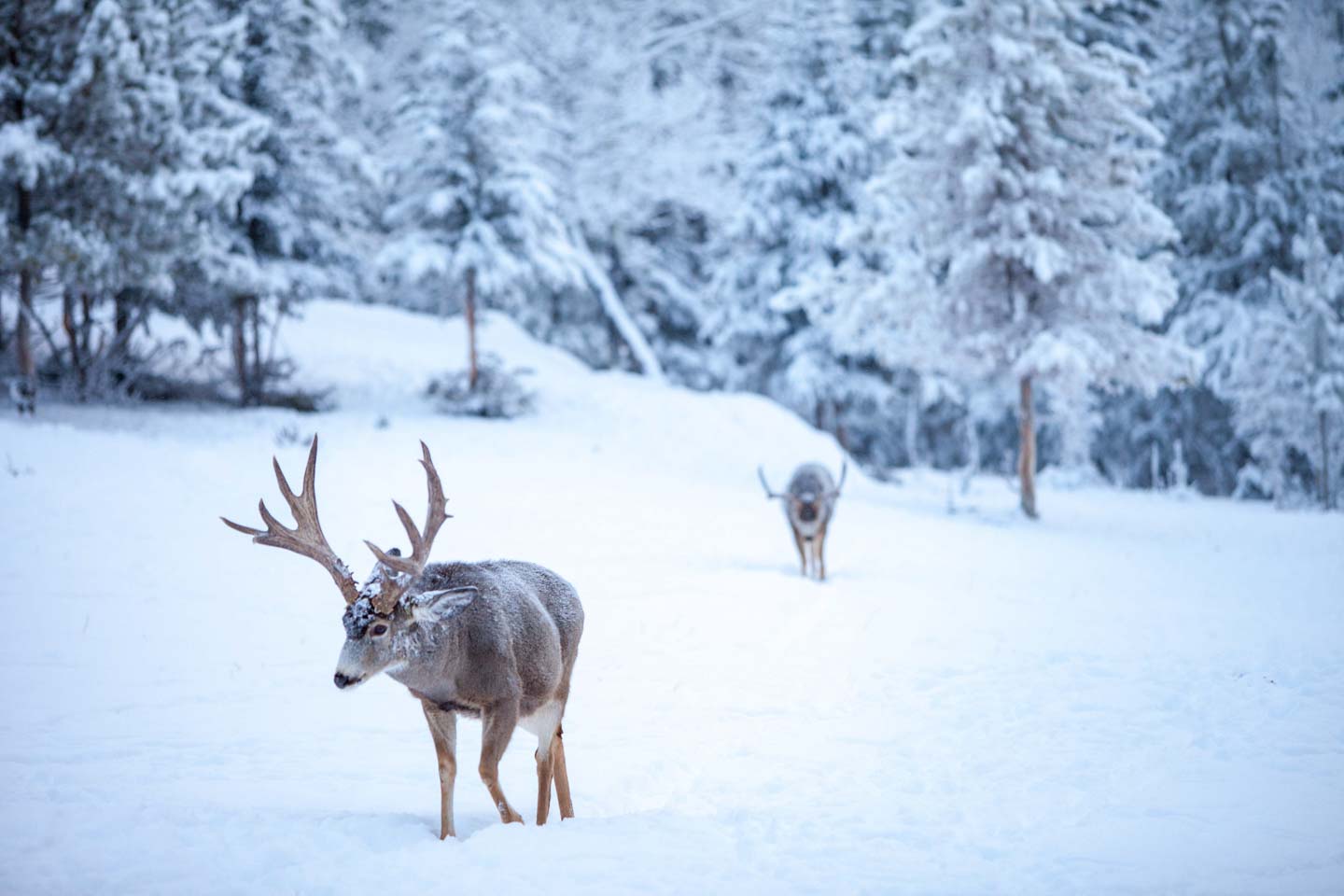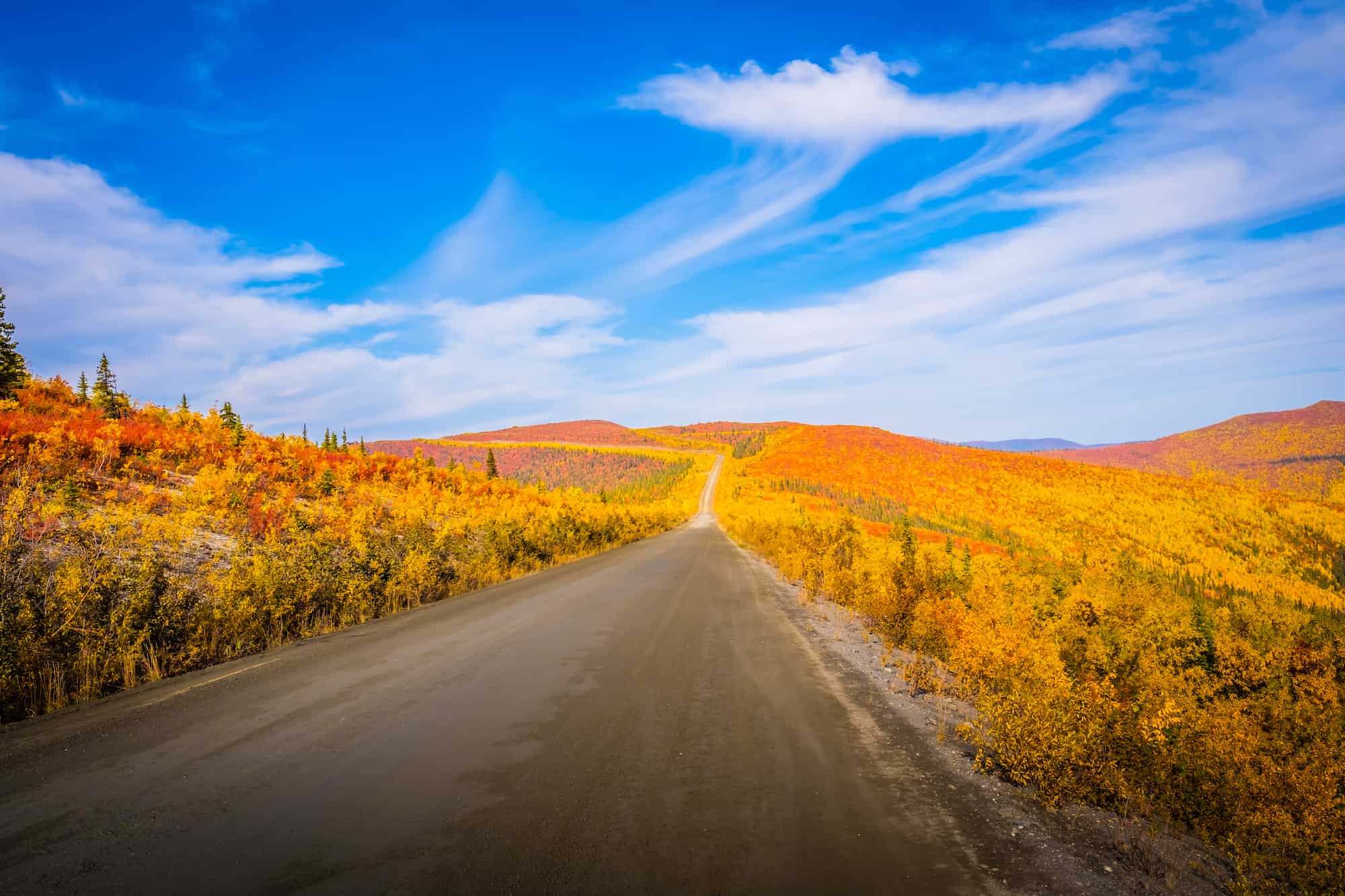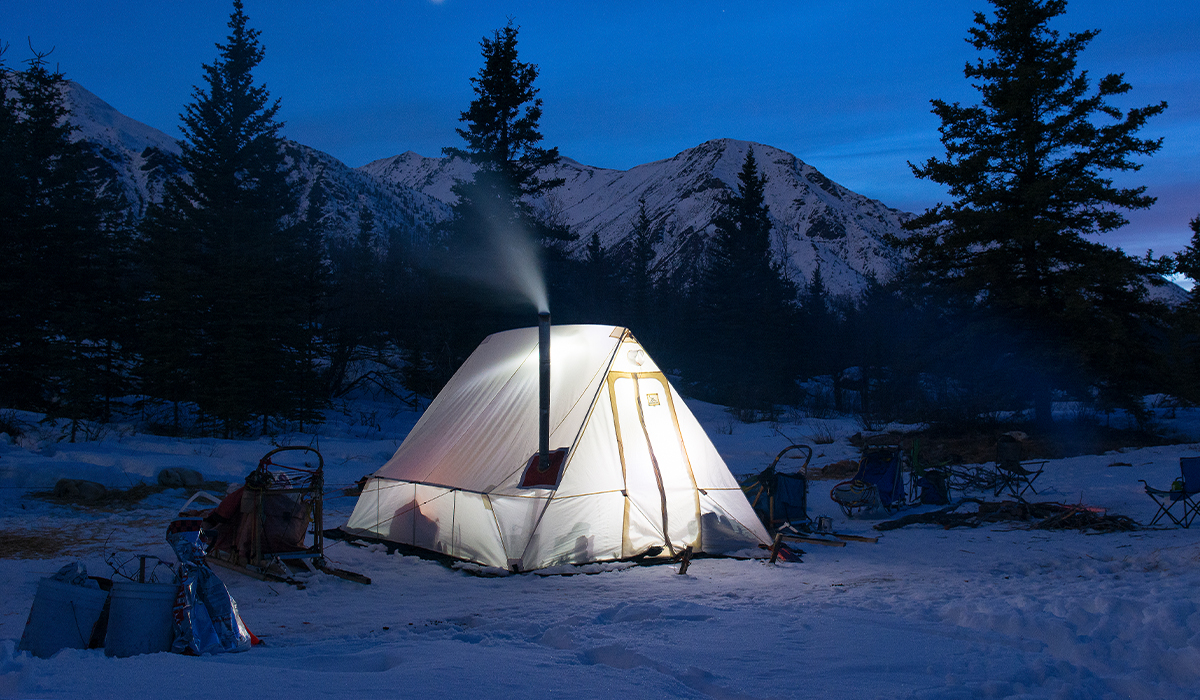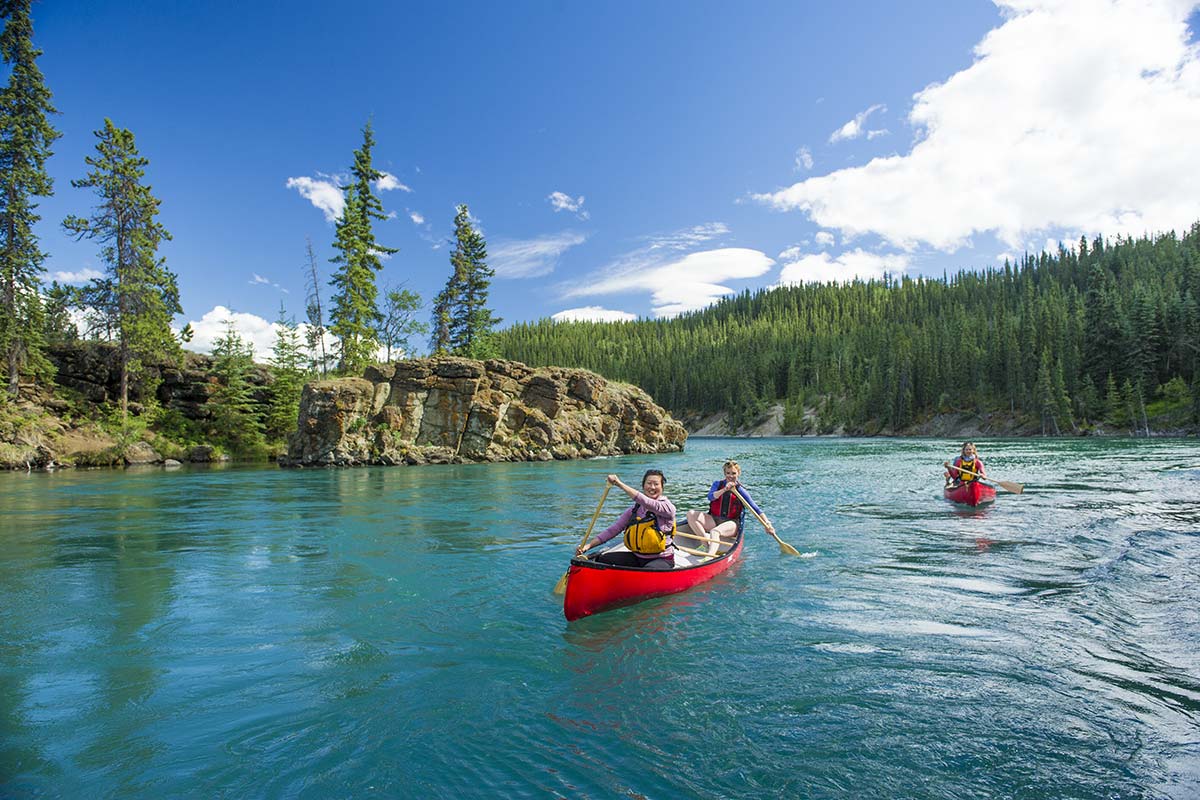🛶 Canoeing the Yukon River: A True Northern Adventure
Looking for a once-in-a-lifetime adventure? Discover what it’s like to canoe the Yukon River — with route tips, gear checklists, and highlights along the way.
🌊 Introduction
Few adventures capture the spirit of the Canadian North like paddling down the Yukon River. Flowing over 3,000 km from British Columbia to the Bering Sea, this legendary river offers a chance to follow in the wake of Gold Rush stampeders and Indigenous traders.
Whether you’re in it for a multi-day expedition or a peaceful day paddle, this guide will help you prepare for an unforgettable journey on the Yukon River.
🗺️ Why Canoe the Yukon River?
-
🏞️ Remote, unspoiled wilderness
-
📜 Rich Gold Rush history
-
🦫 Abundant wildlife: moose, beavers, eagles
-
🏕️ Dozens of natural campsites
-
📷 Endless photography opportunities
🚣 Popular Canoe Routes on the Yukon River
✅ Whitehorse to Dawson City
-
Distance: ~715 km
-
Duration: 10–14 days
-
Experience Level: Intermediate
This classic route follows the same path as many Klondike gold seekers in the late 1800s. You’ll pass abandoned towns, wooded islands, and historic outposts.
Highlights:
-
Lake Laberge
-
Thirty Mile River (a Canadian Heritage River)
-
Fort Selkirk (historic site)
-
Stewart River confluence
-
Arrival in Dawson City
✅ Whitehorse to Carmacks
-
Distance: ~320 km
-
Duration: 5–6 days
-
Great for: First-timers or shorter expeditions
This section offers calm waters, riverside campsites, and easy logistics for a shorter, equally stunning trip.
✅ Day Trips near Whitehorse
If you’re short on time, you can rent a canoe in Whitehorse and paddle a scenic stretch of the river for just a few hours.
🧭 What to Pack for a Yukon River Canoe Trip
🛶 Canoe Gear
-
Lightweight canoe or kayak
-
PFD (life jacket)
-
Paddle + spare paddle
-
Dry bags (keep everything waterproof)
-
Rope & duct tape (for emergencies)
🏕️ Camping & Survival
-
Tent and sleeping bag
-
Bear-proof food container
-
Camp stove + fuel
-
Water filter or purification tablets
-
First aid kit
-
Satellite communicator or SPOT device (no cell signal)
🍳 Food & Cooking
-
Lightweight meals (freeze-dried, oats, rice)
-
Energy bars, jerky, trail mix
-
Cooking pot, utensils, lighter
-
Biodegradable soap
🐻 Safety Tips for the Yukon River
-
Wildlife Awareness: Be bear-smart. Keep food sealed and far from your sleeping area.
-
Weather Readiness: Storms can come fast. Always wear layers and keep rain gear accessible.
-
Paddle in Teams: Solo trips are not recommended unless you’re experienced.
-
Avoid High Water: Early summer can bring fast currents and floating logs.
⛺ Camping Along the River
One of the best parts of canoeing the Yukon is the freedom to camp almost anywhere. Gravel bars, wooded banks, and old cabin sites offer natural stopping points.
📝 Tip: Always follow Leave No Trace principles. Pack out all trash and avoid disturbing wildlife.
📜 History You Can Feel
As you paddle, you’ll pass sites where steamboats once docked and Indigenous people traded for centuries. Stop and explore:
-
Fort Selkirk: Once a key trading post, now a protected heritage site
-
Lower Laberge: Infamous for its treacherous conditions during the Gold Rush
-
Old cabins & ghost towns along the riverbanks
🏢 Where to Rent Canoes & Book Tours
Canoe Rental & Trip Outfitters in Whitehorse:
-
Kanoe People
-
Up North Adventures
-
Ruby Range Adventure
-
Yukan Canoe
They offer full packages including:
-
Canoe/kayak rentals
-
Shuttle services
-
Safety briefings
-
Fully guided expeditions
🎒 Best Time to Go
| Month | Conditions |
|---|---|
| June | High water, fast currents |
| July–August | Ideal weather, busiest season |
| September | Quieter, fall colors, cooler temps |
🌟 Conclusion
Canoeing the Yukon River isn’t just a trip — it’s a deep dive into nature, history, and solitude. Whether you’re retracing the Klondike Gold Rush route or enjoying a peaceful paddle past spruce-lined shores, this is an adventure that will leave a lasting impression.
So grab a paddle and head north — the Yukon River is waiting.




